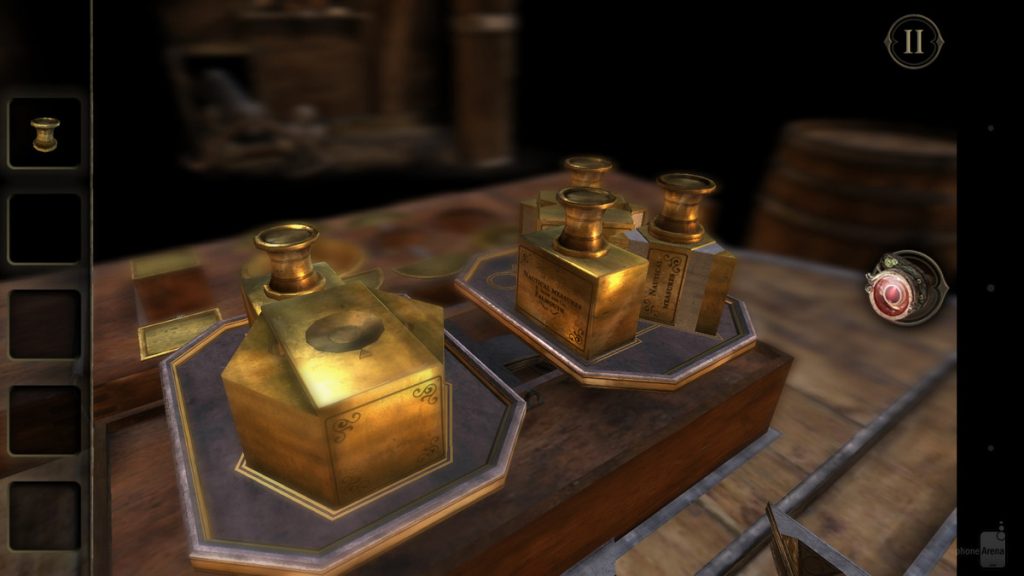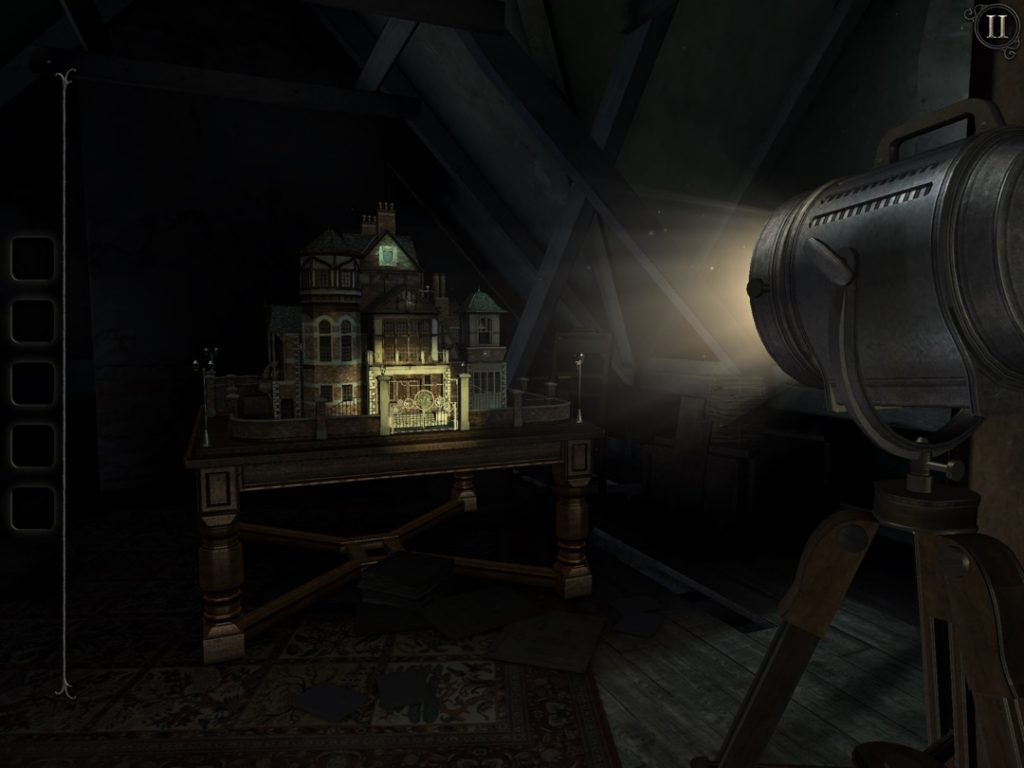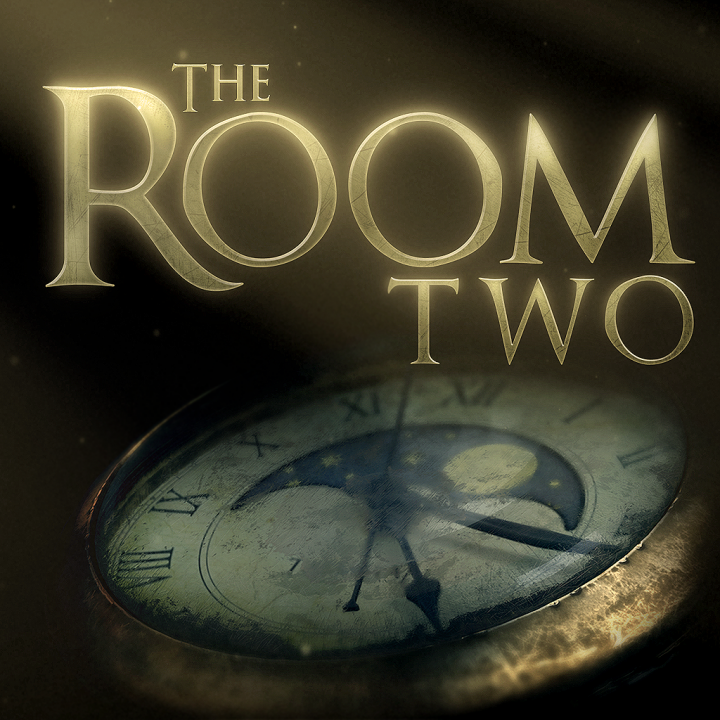If you’ve ever managed to put together a piece of Ikea flat-pack furniture without resorting to superglue or the internet, you’ll understand the pleasure of The Room Two.
There’s a moment where it all comes together, you finally know what it wants from you and you insert tab A into slot B with quiet assurance to reveal a stylish yet affordable set of bookshelves. Or a creepy portal covered in black tentacle-root things that’s activated by arcane light. One or the other.
The Room Two, a sumptuously strange puzzle game on the iPad, is at its most wonderful when everything goes “crunch”. You spend minutes at a time examining a series of locked boxes, hunting for keys and mechanisms, deciphering puzzles, searching for signs through your sinister revelatory eyeglass. When you find the right one and put it in the right place, the feedback is gorgeously rewarding: keys turn, doors unlock, boxes impossibly unpack themselves and become different, weirder boxes, always with the exact perfect sounds for the movements as they happen. This is a game of incredible polish, and that’s never clearer than when it unlocks itself beneath your fingers.

Mythos and marvel
The sound and graphical design are wonderfully suspenseful when they aren’t all going “crunch” for your pleasure. Darkly lit environments shot through with splashes of light; the creaking of timbers and the whispering of ghosts unseen. I won’t spoil the plot or the atmospheric devices too much by saying that it uses traditional ghost and adventure story trappings to build a sense of mystery and unease – a ship, a crypt, a Victorian seance parlour. It draws heavily on the Cthulhu mythos, with a very Lovecraftian story about a scientist driven mad by impossible forces propelling him ever onwards to uncover fascinating new things about the world – in this case, the Null element, hinted at in the first brilliant game.

The story is told episodically, with hints dropped about the scientist’s work and about your purpose in the form of letters that you find along the way, beckoning you deeper into his madness. The end of each chapter pulls the story together as well as going “crunch” in a particularly satisfying and strange way – it’s an unsettling experience even when you come to know what to expect. It’s creepy. It makes you stop wanting to touch the screen, to put your fingers near the weird, except then the game would stop going “crunch” and really, that’s what you’re here for.
Out of the box
There are very few frustrating moments, but they’re there, and in greater numbers than the first game. I almost gave up on one puzzle before I realised the game wanted me to zoom in for a second time on a particular point that didn’t look zoomable. A broader problem is that chapters in The Room 2 feel just a little too large, a little too disjointed. Instead of one beautiful box of secrets, as in its predecessor, there are several locations to visit in each chapter, and each one requires several passes to collect and reveal everything.

There’s a certain confusion in visiting and poring over several discrete spaces rather than one contiguous one. For one thing, you can no longer simply spin the view and let your mind unwind when faced with a trick you just can’t solve. Movement feels a lot more effortful, and there’s a greater sense of a body to move – hence a greater disconnect between the glass panel you’re holding and the perceived viewpoint in the game. It becomes less flat-pack occult furniture simulator and more Myst, and it suffers for it. For another, there’s more of the hidden-object hunt to the game when its puzzles are spread out this way; I spent more time than I’d like looking for the one thing I’d missed because I hadn’t realised there was another part of the world I could interact with.
But these are nitpicks. These are tiny bristling annoyances on the edges of excellence. They’re noticeable because of the game’s lineage, the understated elegant puzzle-box that is The Room. The sequel can’t help but suffer in the comparison, because The Room is pretty much the best thing you’ve ever tried to put your fingers in: a compact, elegant, beautifully tactile thing that almost makes you forget you’re just tapping on glass. The Room Two is more than just a worthy sequel, expanding the formula and experimenting with some new ideas – it’s a fantastic, scrumptiously crunchy experience in its own right.

